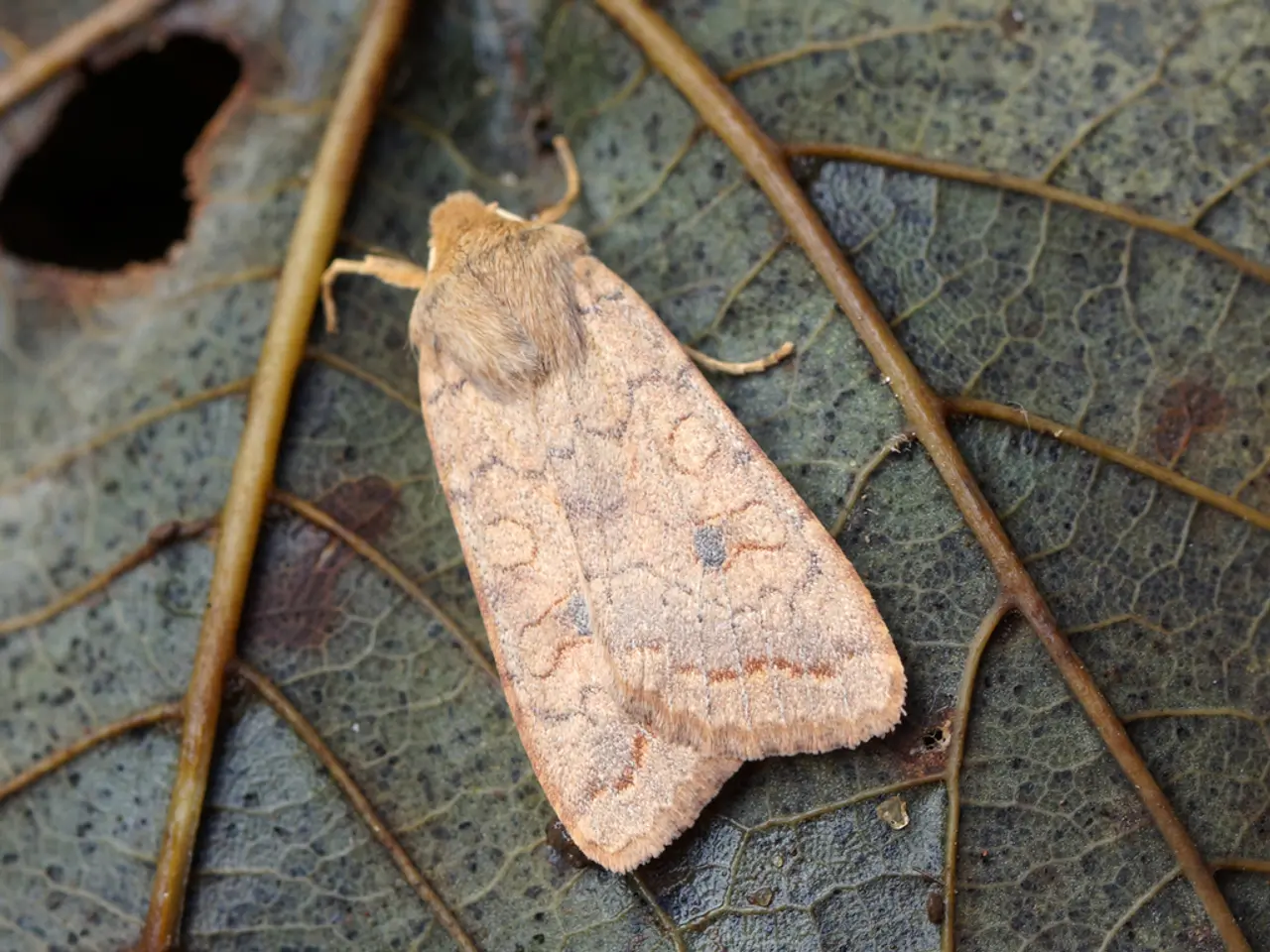Research Examination: Neonicotinoid Pesticides
In the realm of agriculture, neonicotinoids – a class of insecticides toxic to insects – are commonly used to reduce pest insects. However, their long-term effects on non-target species in New Zealand are not yet fully resolved, raising concerns about potential negative impacts, particularly on pollinators and beneficial insects.
Research indicates that neonicotinoids can pose risks to various species. For instance, they are known to affect bee populations and other pollinators through direct toxicity and sublethal effects that impair navigation, reproduction, and foraging behavior. Additionally, these insecticides can disrupt beneficial insect communities, reducing predator and parasitoid populations that naturally control pests, potentially causing secondary pest outbreaks.
One study in New Zealand found that at certain concentrations, neonicotinoids reduced the total number of stream macroinvertebrates, with stronger effects on mayflies and caddisflies. Two native mayfly species, Deleatidium spp. and Coloburiscus humeralis, are particularly vulnerable to neonicotinoids.
Neonicotinoids tend to persist in soil and water, leading to prolonged exposure of non-target organisms. This environmental persistence is a significant concern, as these chemicals can remain in soils for long enough to accumulate over successive yearly uses. Moreover, neonicotinoids remain in the plant, including the leaves, pollen, and nectar, posing risks to a broad range of species.
The New Zealand Environmental Protection Authority began reassessing the five neonicotinoid insecticides currently used in New Zealand in 2020. However, there is a lack of specific ecotoxicity information for New Zealand native species in some insecticide product data, highlighting the need for more comprehensive studies.
While direct New Zealand-specific long-term studies are limited, global evidence and emerging regional studies suggest these impacts are relevant to New Zealand’s ecosystems. Furthermore, repeated use of neonicotinoids may be unnecessary and contribute to negative ecological impacts, suggesting a need for caution and consideration of alternatives.
Recent research abroad highlights the development of non-neonicotinoid alternatives, which may offer effective pest control with reduced environmental harm. These alternatives can help diversify insecticide use, delay resistance, and improve sustainability in pest management strategies, lessons applicable to New Zealand as well.
In summary, the long-term effects of neonicotinoids on non-target species in New Zealand likely include harm to pollinators and other beneficial species, ecological imbalance, and persistence in the environment, although specific local studies remain limited. Ongoing research and consideration of safer alternatives are essential to mitigate these impacts.
Read also:
- Stone mining has transformed the once renowned 'Sada Pathor' into a desolate, post-apocalyptic landscape.
- Revised Tax Policy for Motor Vehicles Pushed for Greater Eco-friendliness, Suggested by Court Auditors
- Solar Energy Generated in Uckermark Supplies Messe Frankfurt with Eco-friendly Power
- Switzerland conducts a public vote on the future of nuclear energy








